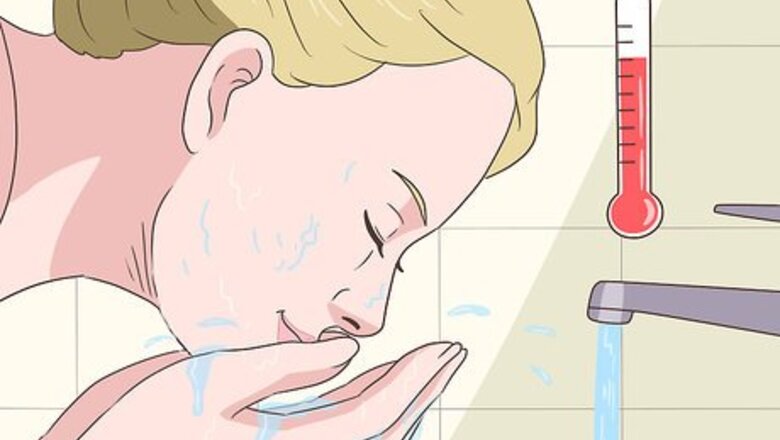
views
X
Research source
However, you do have several options for thoroughly cleaning out your pores, which can make your pores look smaller in appearance, even if they don't change size. Lifestyle factors, like eating well and exercising, can help keep your pores clean, too.
Cleaning Out Pores with a Clay Mask
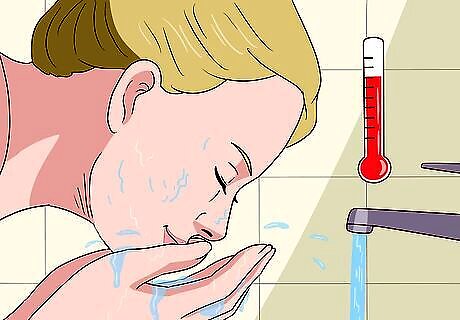
Wash your face. To prepare your face for the clay mask, wash it with warm water and pat it dry. Be sure the water is warm, not hot.
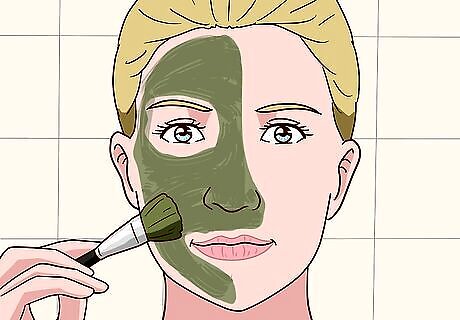
Use a clay mask. With your fingertips or a fan brush, apply a thin layer of the clay mask on your face in sweeping motions. Avoid your eyes and mouth. Clay masks will pull out the dirt and oil in your pores. Clay masks are best for people with oily, non-sensitive skin. They may be too intense for sensitive skin types.
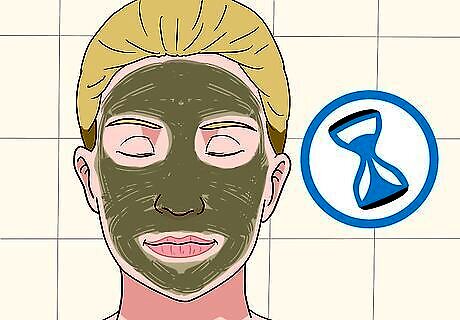
Wait for the mask to dry. Don't let the mask dry completely. It should start to change colors (look lighter) but still feel tacky to the touch. If you let it dry completely, it pulls the moisture out of your skin. If the clay mask comes off when you touch it, it's still too wet.

Rinse the mask off. Use water to soften the clay. Use a washcloth to scrub your face clean, being sure to remove all the mask.
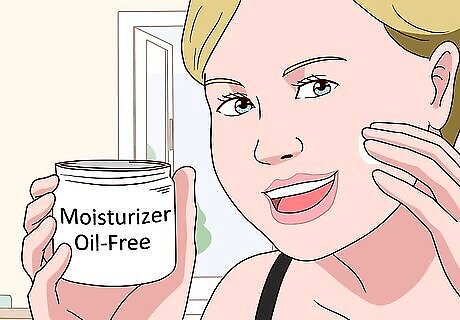
Follow up the mask with moisturizer. Lightly apply an oil-free moisturizer after you've dried your face off. You can use clay masks up to 2-3 times per week, depending on how your skin responds.
Using Steam to Clean Out Pores
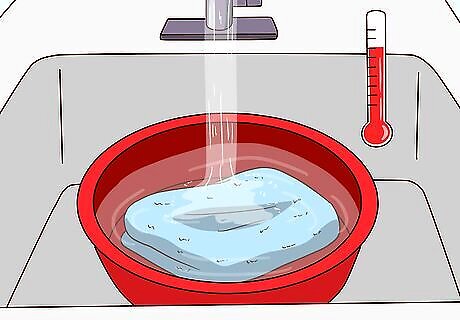
Place hot water on a washcloth. Run your tap until it's hot. Thoroughly soak the washcloth.
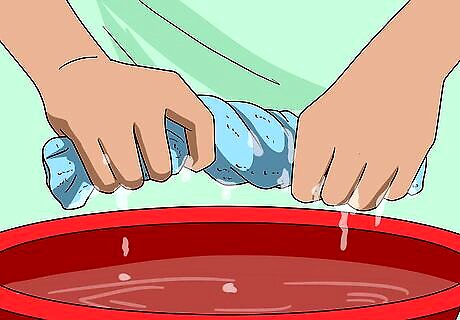
Wring out the excess water. The washcloth doesn't need to be soaking.
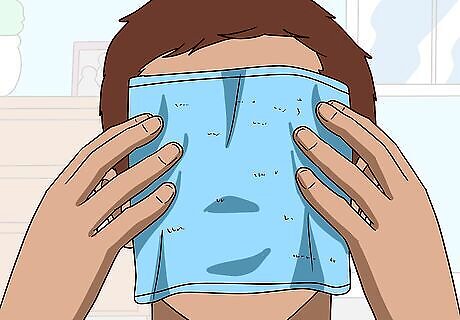
Hold it over your face. Hold the warm washcloth over your face to steam out your pores. The steam helps loosen dirt, make-up, and such in your pores.
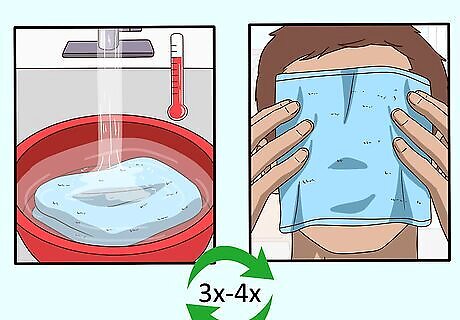
Repeat the process. As the washcloth cools, continue to heat up the washcloth with new hot water, and hold it over your face, up to three or four times.
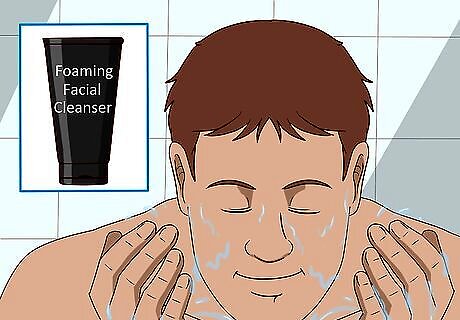
Wash your face. Wash your face thoroughly but gently with a foaming facial cleanser to remove the dirt and oil you've steamed out of your pores. Washing your face after steaming is key. While steaming breaks up hardened dirt and oil in your pores, your face wash actually cleans that dirt and oil from your face. If you skip this step, steaming won’t be effective.
Applying a Parsley Wash

Wash a handful of fresh parsley. You can leave the stems on, but be sure to wash out any grime. Parsley is an astringent, which can help clean pores.
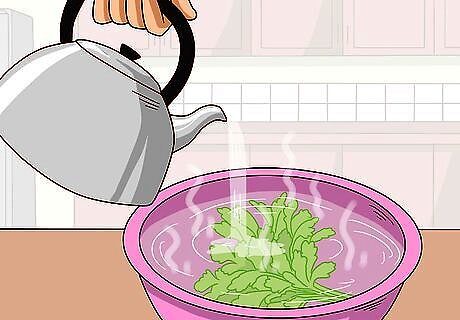
Pour boiling water over the parsley. Let the water cool down with the parsley still in it.

Soak a washcloth in the mixture. Saturate a washcloth in the cool water, and then squeeze out some of the excess.
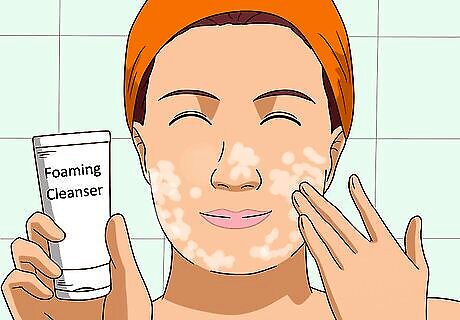
Wash your face. Using a foaming cleanser, gently wash your face to prepare it for the parsley wash. If you use a facial lotion, wait to apply it until after you have used the parsley wash.
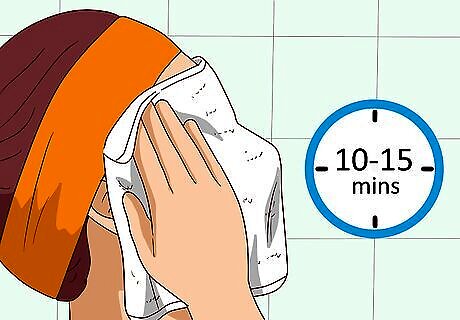
Hold the washcloth on your face. Let the washcloth soak on your face for 10 to 15 minutes. You can use this astringent daily.
Creating a Baking Soda Paste
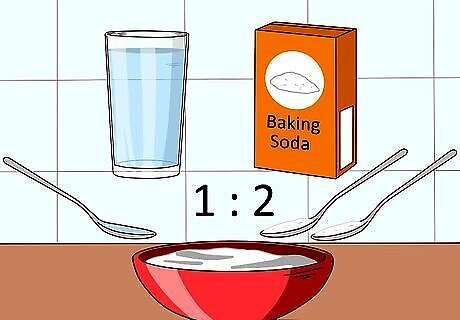
Mix one part water to two parts baking soda. This mixture will create a thick paste.
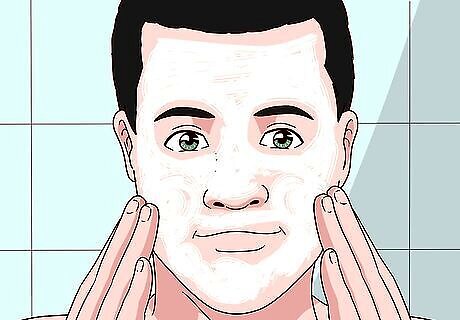
Gently scrub your face with the mixture. Rub it in with your hands, making circles across your face.
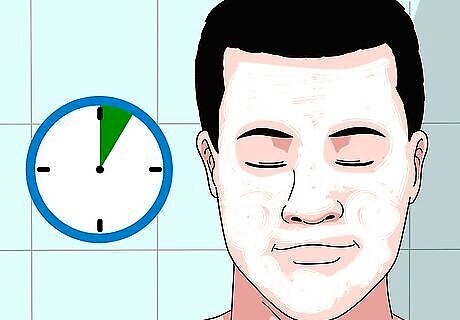
Let it stand. Let the mixture soak into your face for about 5 minutes.

Rinse it off. Use water to clean the mixture off your face. Repeat once a week. The process helps exfoliate your skin, removing dead skin cells that could clog pores.
Visiting a Dermatologist

Go to your dermatologist. Ask him or her to explain what treatment options are available to you.

Review your options. Decide on one for a treatment. You can ask for an exfoliant, such as Retin-A Micro. Exfoliants clear away dead skin cells that clog pores. Use this treatment especially if your skin looks ashy, as you could have a build of dry skin. You can also have an acid peel to exfoliate skin, such as glycolic or salicylic acid. You'll need more than one of these treatments for noticeable results. As with the acid peel, use this treatment if you have a buildup of dry skin. Another option is using lights or lasers, whether IPL (Intense Pulse Light therapy) or LED. This treatment increases collagen and can make pores seem less noticeable. You can use this treatment in conjunction with an acid peel.

Choose the best option for your budget. Keep in mind that these treatments can be expensive, as much as $100-$500.
Creating a Daily Regimen
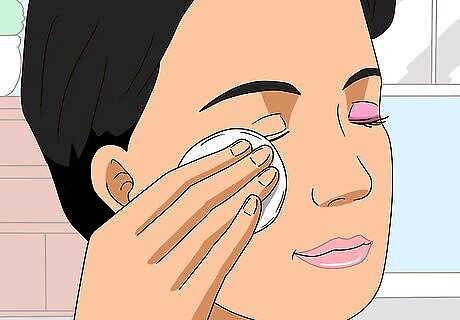
Take off your make-up. When you get home from a long day, take the time to remove your make-up. If you don’t let your skin breathe at the end of the day, your pores may become clogged. Try using a make-up removing wipe. If your make-up irritates your skin or causes blemishes, try using a different brand or product.

Wash your face at least once a day. Dirt and oil can build up over time, clogging pores. Try washing your face twice at the same time. On the second go round, really rub the cleanser into your face before washing it off, as it will provide deep cleansing.
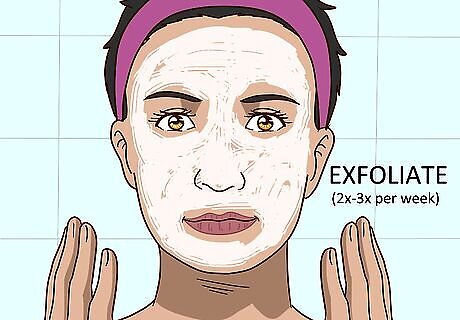
Exfoliate 2-3 times per week. Exfoliating your skin regularly is essential for removing dead skin cells and unclogging your pores. Try a baking soda scrub. If you have dry skin, opt for a gentle chemical exfoliator or a light facial scrub. Apply a gentle facial lotion immediately after--exfoliation will help it absorb better. If you have oily, acne-prone skin, avoid heavy, rough scrubs. Instead, go for chemical exfoliators that contain hydroxy acids, like like glycolic or salicylic acid. If your skin is sensitive, use a cleanser or a toner rich in plant enzymes twice per week. Avoid rough scrubs.
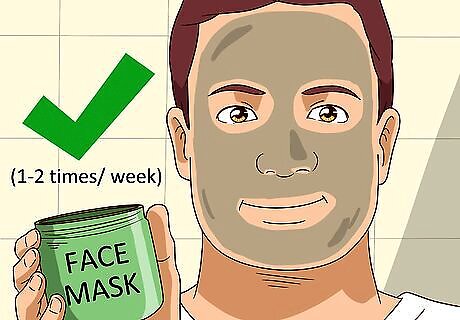
Use a mask once or twice a week. Incorporating a face mask into your skincare regimen a few days per week will help keep your complexion bright and your pores clean. If you have dry or sensitive skin, opt for a moisturizing mask. Clay and charcoal masks are great for acne-prone, oily skin.
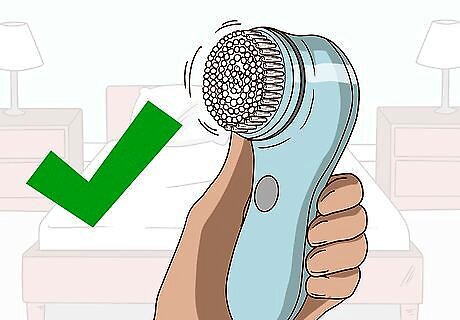
Buy a rotating face brush. These brushes can really deep clean your face, keeping pores clean.
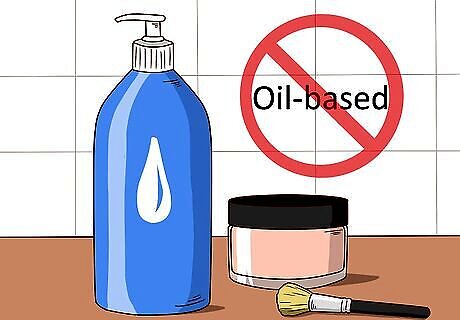
Avoid oil-based products. Don't use lotions with oil in them, and avoid waterproof make-up, as it is similarly oil-based. These products tend to clog pores.
Eating Well and Exercising
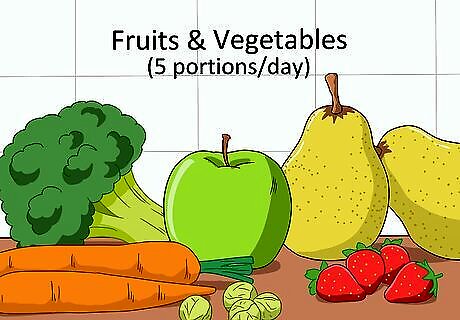
Eat well. What you put into your body affects how it looks on the outside, and your skin is no exception. For clearer pores, eat a balanced diet heavy in fruits and veggies. Try to eat at least 5 portions a day--your skin will thank you for the antioxidant boost. Avoid simple sugars, like white bread, pasta, and rice, which can trigger inflammation. Instead, go for whole grains. Dairy is another common food group that can potentially irritate your skin. Healthy fats, like those found in avocados, nuts, seeds, and fish, are also great for your skin. For better skin, focus on incorporating more whole, unprocessed foods into your diet, including vegetables, fruits, nuts, yogurt, eggs, and multigrain bread.

Drink plenty of water. Moisture helps keep your skin healthy and supple. Try to drink 6 to 8 glasses a day. Keeping a refillable water bottle on hand makes staying hydrated easier. Try to minimize your consumption of alcoholic and caffeinated beverages. If you are bored with plain water, make a fruit-infused water or an herbal, caffeine-free tea!

Exercise regularly. While it might seem counterintuitive, working up a sweat can actually improve skin health. Exercise increases blood flow, bringing oxygen and nutrients to skin cells while carrying away waste. Be sure to wear sunscreen when exercising outside to protect your skin. Avoid wearing makeup while exercising, as this can lead to clogged pores. To keep your pores clean, wash your face before you workout and shower immediately after.




















Comments
0 comment